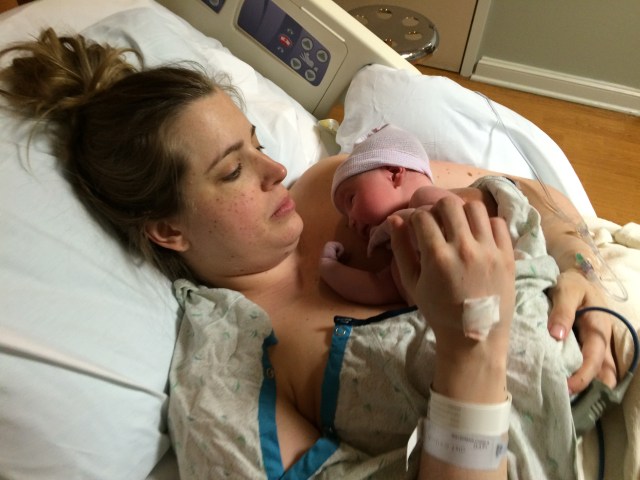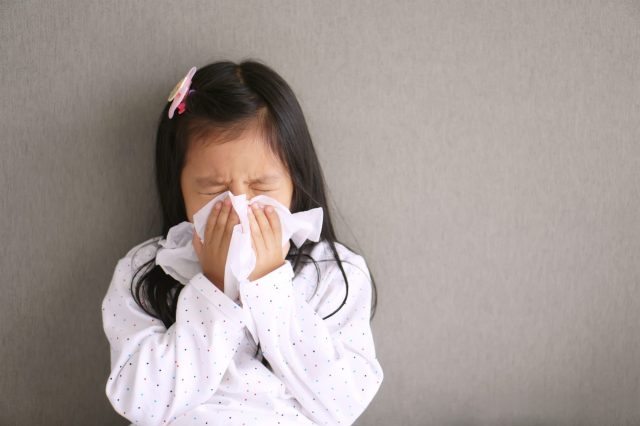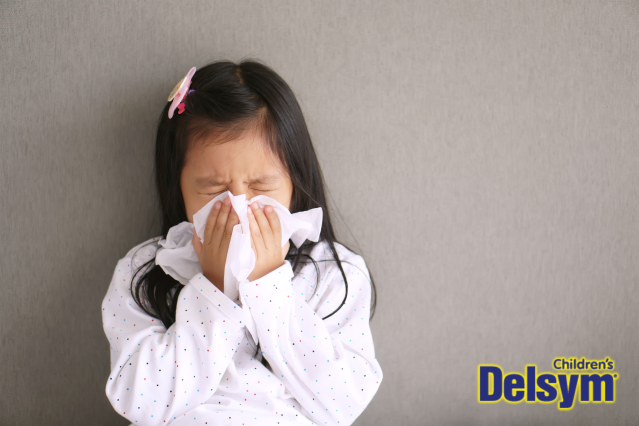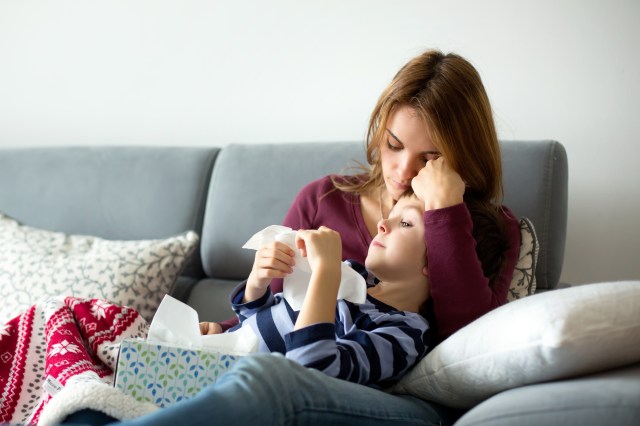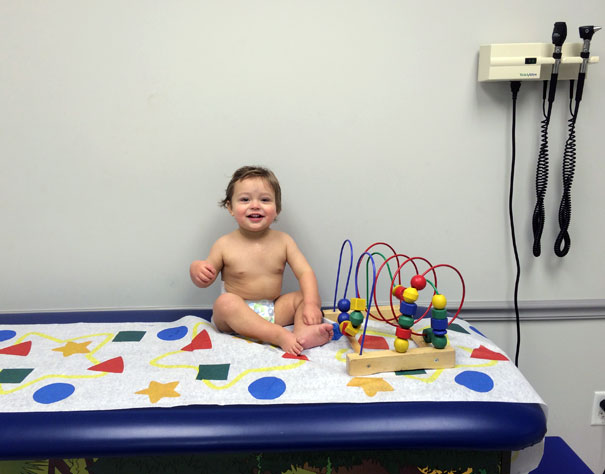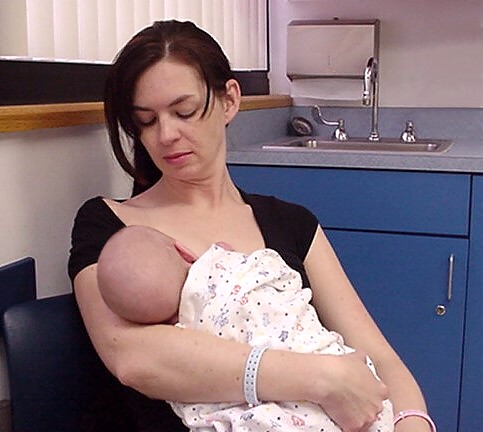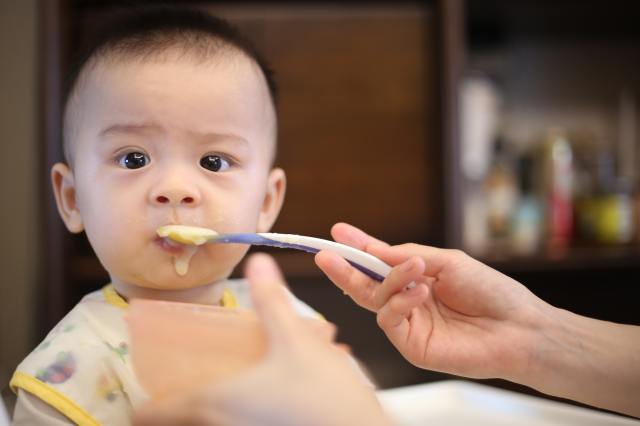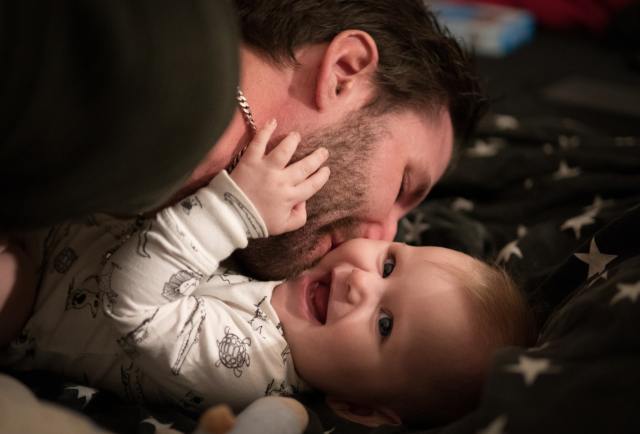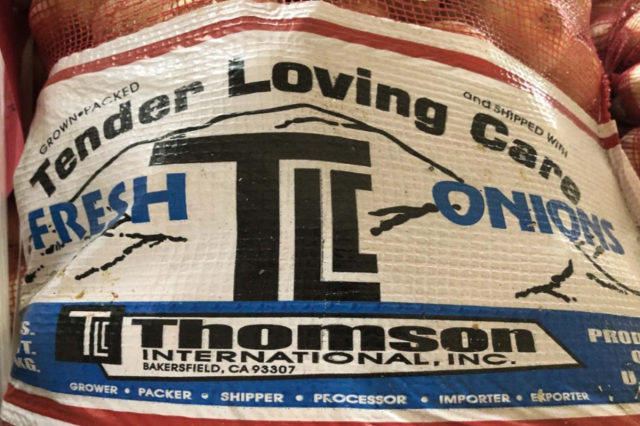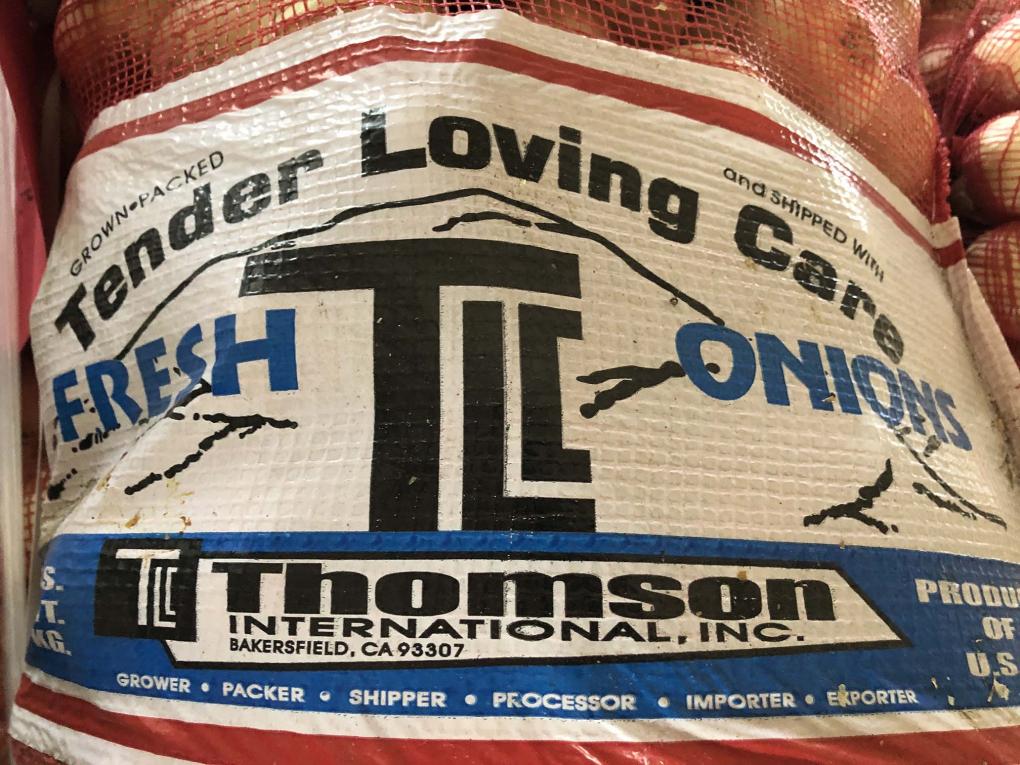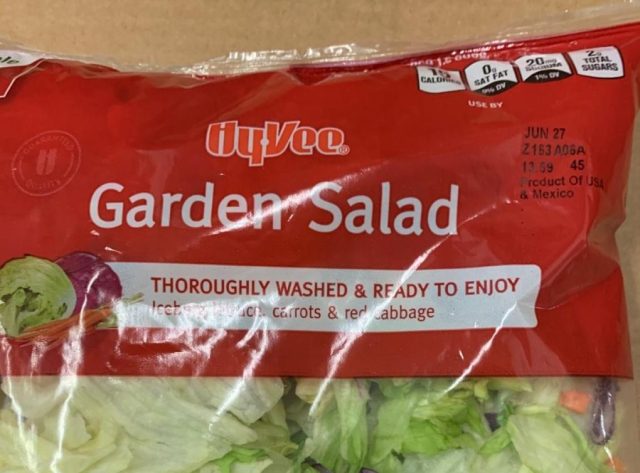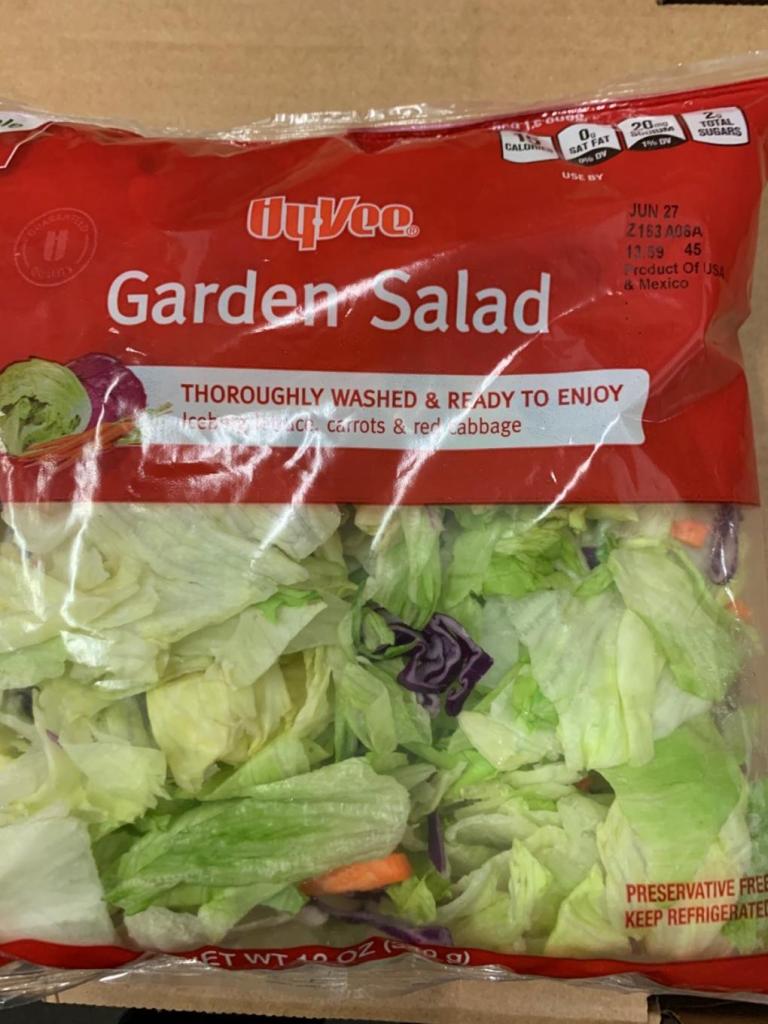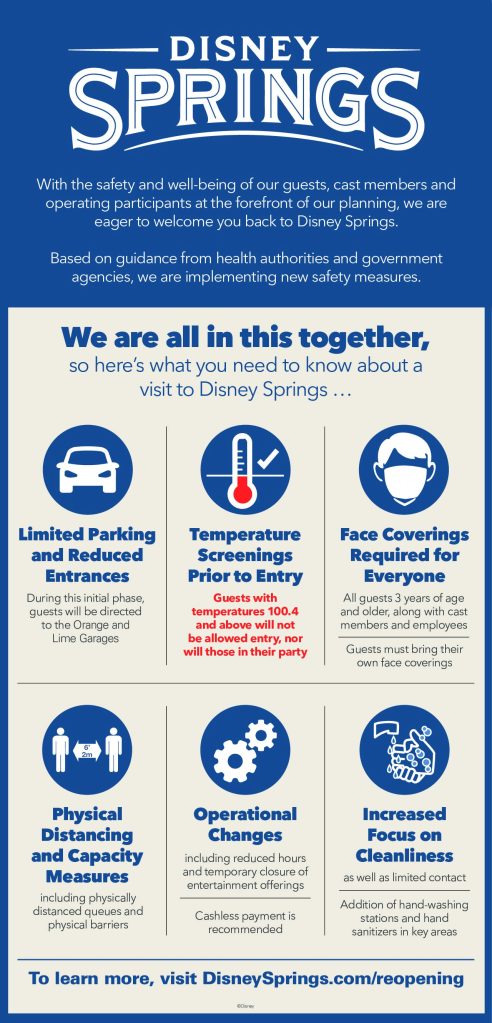Our new series, Tiny Birth Stories, is aimed at sharing real-life stories from our readers to our readers. In just 100 words or less, we’re bringing you the raw, the funny and the heartwarming stories you’ve lived while bringing babies into the world. Here are five stories that will have you laughing, crying and nodding your head in solidarity.
Interested in telling your birth story? Click here.
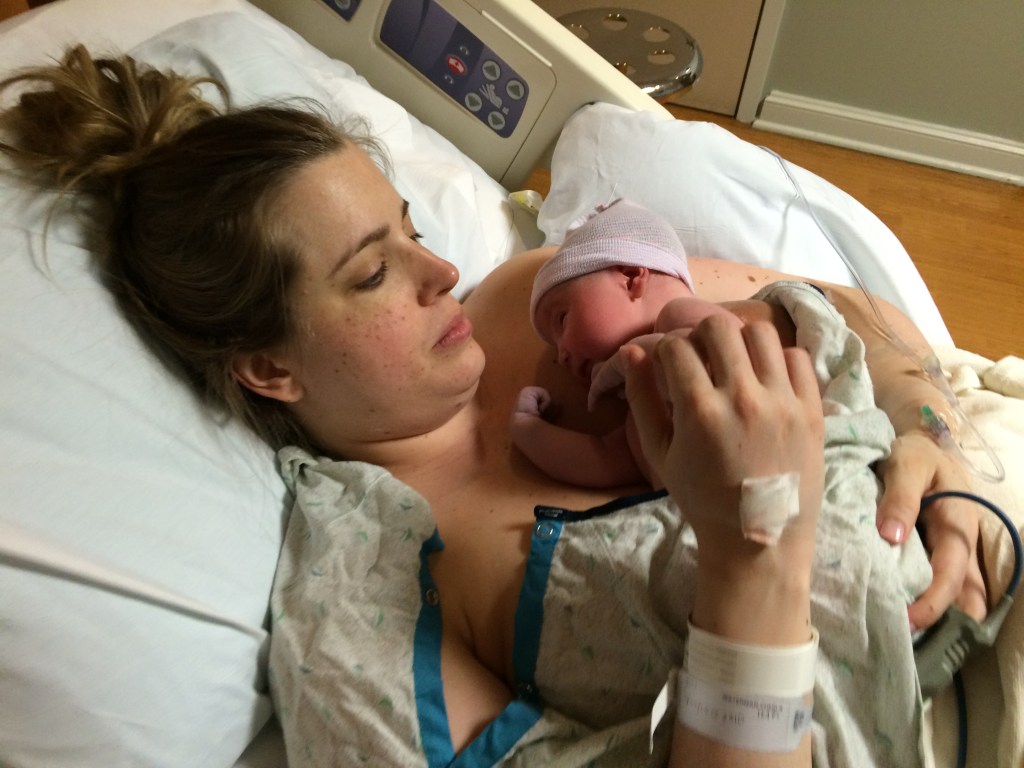
Don’t be a superhero, get the epidural by Cheri M.
I had envisioned a spontaneous labor, where my water broke, unexpectedly, on the subway during my commute and my husband frantically drove us to the hospital. Instead, I was induced and given the date and time to go to the hospital. My OB broke my water, eight hours after I was given Cytotec. I had a lot of water, a lot. My OB kindly said “the anesthesiologist is available. Listen, every mom is a superhero, get the epidural.” I followed his advice. Eight hours later, 55 minutes of pushing, an episiotomy, my daughter was born. It happened perfectly.
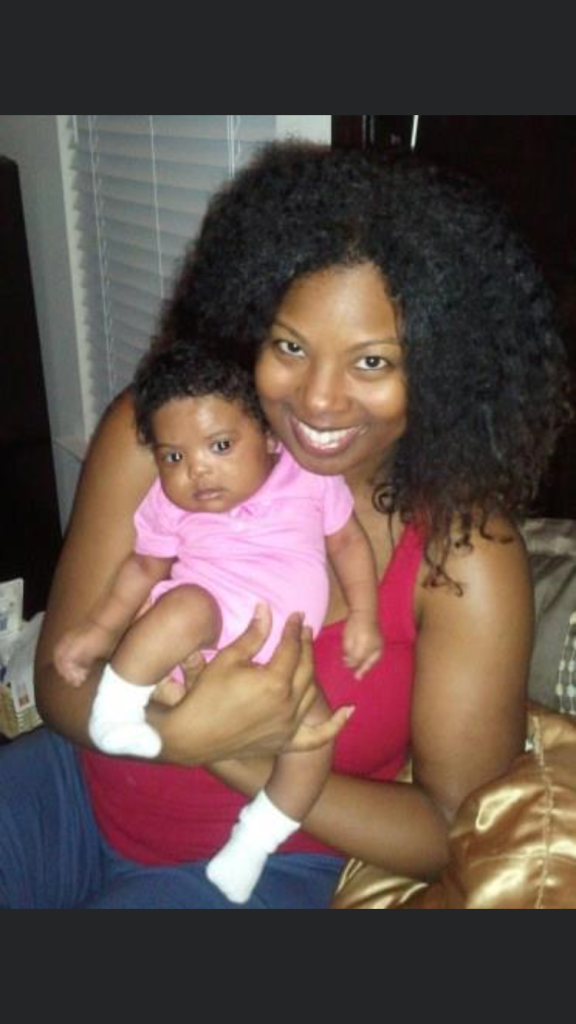
The “fry guy” held my leg by Dawn T.
Eight years ago, I was 36 and he was 40. Old parents by many opinions. When her due date rolled around, it left just as quickly. A week overdue, I spent 4 days in the hospital hooked to a heart monitor, permitted to only drink apple juice. My husband threw a fry to me once. I was induced overnight, crapped on the delivery table with my mom holding one leg, and fry-guy holding the other. She arrived at 9:46 am and we’ve been on her clock ever since.

The patient with the longest labor time by Natalie H.
For my first birth, this past August, I was induced for 4 days before delivering my handsome son! It took me two days just to get to 3 cm dilated. The doctors and nurses tried every medicine and option that one could ever think of. Then, overnight, I was able to dilate from 3cm to 7cm and it took off from there. My doctor said that, in all of her years of practice, I became her patient with the longest labor time.

Induced with twins at 37 weeks by Amanda
When the doctor said to start calling at 6 am to check for available beds, you are showered and awake by 5 am ready to go! I was being induced with twins at 37 weeks, and little did I know they wouldn’t have a bed ready for me until later that evening. When I arrived I was not dilated at all, so I received cervadil and anxiously walked the halls with my also eager husband. The next day, still no progress, another round of cervadil was attempted. Sleeping with leg compressions was pretty difficult, as well as the limited food and drinks due to a possibility of a c-section. Finally on day 3, with the help of pitocin and many hour of pushing, I delivered our son. Thirty-six minutes later came our daughter. Along with their little brother, the twins continue to keep us on our toes ten years later!
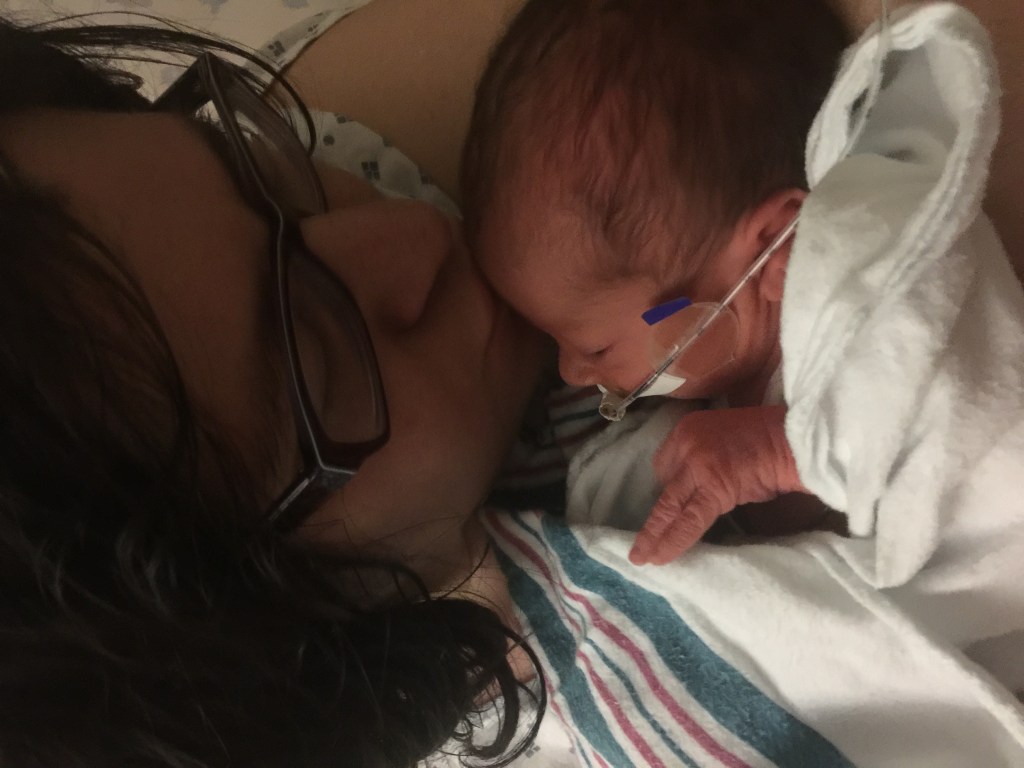
Induction that ended in an emergency C-section by Courtney M.
I was induced at thirty-three weeks. I labored for three days before finally having an emergency c-section due to fever. I had an infection. I gave birth to my handsome son. We spent five weeks in the NICU then got to go home.
